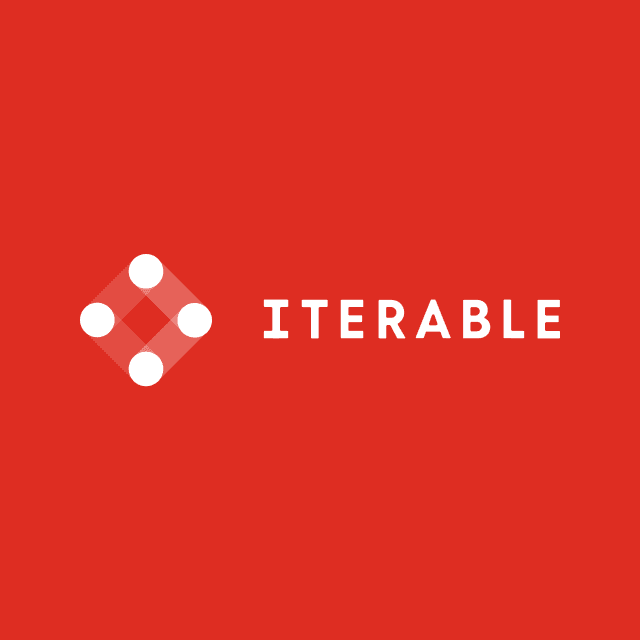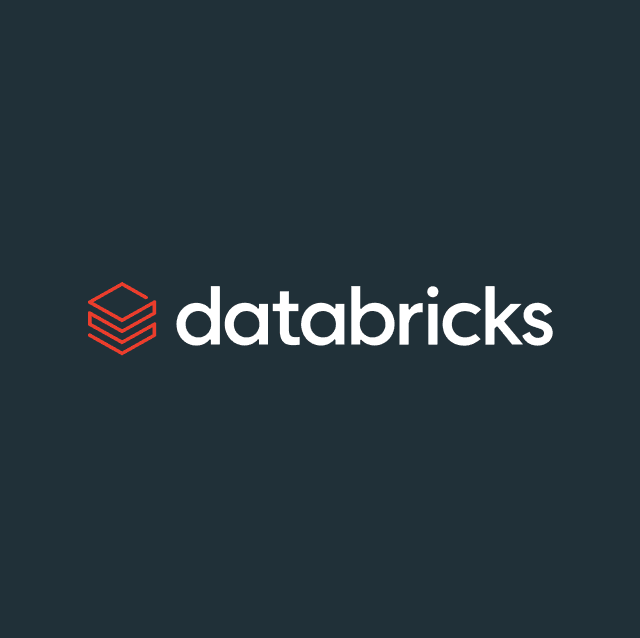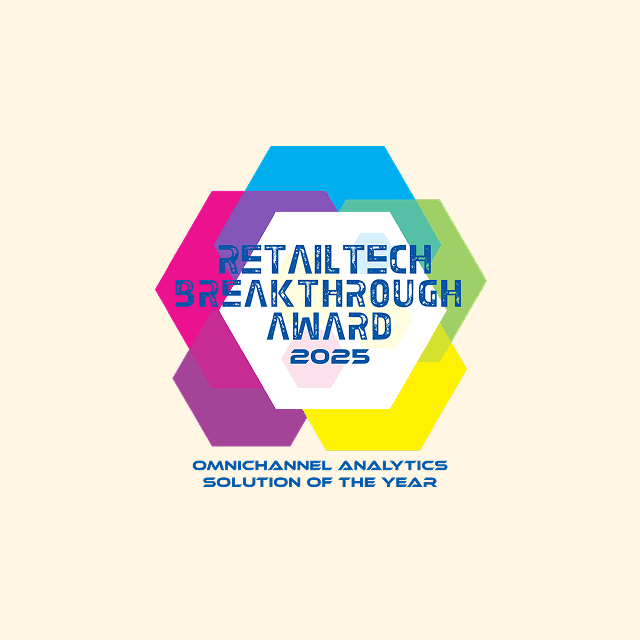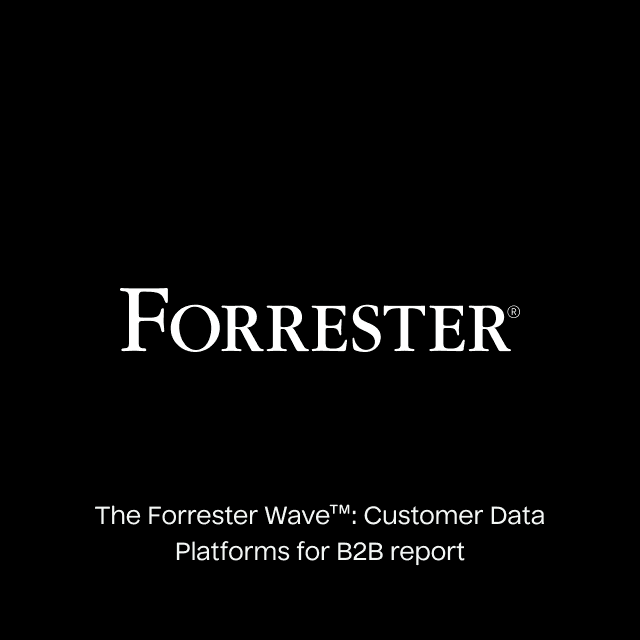Why Salesforce Shouldn't Be Your Source of Truth
Over the years, companies have begun to place a high emphasis on cross-functional alignment. Just look at the insane rise of Rev Ops where the sole job is to centralize all of your business processes, systems, and data. Like me, you’ve probably attempted to turn Salesforce into your complete source of truth and house all of your customer’s data. Logically, it makes a ton of sense, because the majority of your business processes live directly in Salesforce, so having everything in one place would be ideal.
Sure, things like customer firmographic data, revenue, and other simple customer data have no problem being stored in Salesforce. However, when you start having more and more customer data from various different sources, it becomes extremely challenging to consolidate all of that data accurately in one place. I too have tried to jam-pack all of my company's customer data into our CRM at some point in time and have failed miserably (we’ll get to that later). This is the exact reason the source of truth for your business should not and cannot be your CRM. Your single source of truth should always stem from the data warehouse.
Before I get into why Salesforce shouldn’t be your source of truth, let’s first take a look at why it is so tempting for companies in the first place. Firstly, all of your business processes typically already live in Salesforce. For example, if you generate a lead, your SDR will most likely convert that lead to a contact and your AE will create an opportunity, eventually passing that account over to your Customer Success team. Salesforce has extremely strong reporting capabilities and this is relevant to both sales leaders and Rev Ops persons. However, even with these two examples, it still doesn’t make sense to leverage Salesforce as your single source of truth because you will be missing out on a ton of data.
The Problems With Salesforce
1.) Data Silos
As I mentioned before, Salesforce is great for firmographic data, business process data, and simple revenue data, but it’s missing a ton of key customer data that your business should be leveraging, like your internal application data, product data, behavioral data, event data, subscription data, billing data, etc. Even if your reps have access to the systems in which all of this data lives (which they likely don’t), they will be spending too much time and effort flipping through the systems in order to create a 360-degree view of your customer.
Let me run through a couple of personal examples in which this becomes problematic.
The first scenario is a simple MQL/SQL problem that a lot of companies are starting to experience. In this scenario, imagine you have two leads: one of which you qualify in Salesforce as lead A, and one you do not qualify as lead B. Lead A came through a downloadable E-book, is in your ICP (ideal customer profile), and works for a company that you typically sell to. However, lead A has never used your product. On the other hand, lead B came through the same E-book but does not fall quite into your ICP, but they are using the product every day. If Salesforce is your company’s record of truth, your reps will most likely prioritize lead A over lead B, despite lead B most likely having a quicker sales process, more product adoption, and a higher lifetime value.
The next scenario is a common problem that you have most likely experienced; and that is the age-old dispute between your Sales and Finance teams as it relates to revenue numbers, sales commissions, etc. In most cases, your revenue data that exists in Salesforce is manually inputted by your various team members. This inevitably creates disputes because this information is not representative of your actual revenue numbers. Your actual revenue numbers are most likely somewhere else (like a billing tool), which can be sent to your warehouse. The information in Salesforce is largely controlled by your business teams that live and breathe this information on a daily basis.
2.) Data Doesn’t Fit Well Into Salesforce
After reading the first issue you might be thinking to yourself “okay that makes sense so why don’t I just use a point-to-point solution like Zapier and send all of that data to Salesforce?” While I wish it were that easy, there are a couple of issues with that solution. Firstly, Salesforce is not designed to store event-based data such as someone doing something within your product. Even if it was, your sales reps wouldn’t want the raw event data; they would want the key results. For example, seeing a feed of all the pages a lead has viewed would be pretty much useless for your sales rep but if you had a “pricing_page_viewed” or “number of high intent page views in the last 30 days” as fields, it becomes a lot more powerful. Sales reps need synthesized information.
If you look at your main data sources, it’s very unlikely the objects will be structured the same. For example, you might have users, workspaces, accounts in your internal application, subscriptions, orders, and accounts in your billing system, and leads, contacts, ops, and accounts in Salesforce. Things are much more complex than just a simple one-to-one relationship between your various objects. This is exactly why a point-to-point solution won’t work. Data needs to be modeled, cleaned, and structured before sending it to Salesforce (i.e. there needs to be a transformation layer between your source data and Salesforce).
The Solution
The source of truth for your business should always be the data warehouse. This is because almost all your company's data is already being stored in the warehouse. With Salesforce, all of the information is still siloed. However, with the data warehouse, this is no longer the case. ETL tools like Fivetran have made it really simple to take all of your source data such as your billing system, CRM, CS tools, and your internal application data, and then replicate all of that within your data warehouse. Additionally, once all of that data is in your warehouse, it is super easy to clean and model the information in a way that is meaningful for your business (like LTV scores, churn_models, ARR, etc). Tools like dbt give you the ability to transform and manipulate your data on top of your warehouse so that you can have meaningful views of your customers and customer experience.
In most cases, your data needs to be powering business workflows in order to actually be impactful. For example, your sales reps want to be alerted when leads hit a certain product qualification stage and your Marketing team needs this data to power personalized email campaigns. This is exactly where Hightouch and the concept of Reverse ETL come into play. “Reverse ETL is the process of copying data from a data warehouse to operational systems of record, including but not limited to SaaS tools used for growth, marketing, sales, and support.” With Reverse ETL, you can sync all of your customer data in real-time directly to Salesforce or your other SaaS applications. Better yet, in Hightouch you can leverage your existing data models within your warehouse, create one using SQL, or visually define one without SQL in our Visual Audience Builder.
Salesforce doesn’t have all of the data needed to be standardized as the “single source of truth” for your business. Even worse, it is extremely challenging to send data from various tools to Salesforce because the data needs to be modeled and transformed first. Reverse ETL solves all of these challenges by sitting on top of your warehouse as an additional layer.
To learn more about how to send data (ex: product or billing data) to CRMs like Salesforce, check out our guide here.















